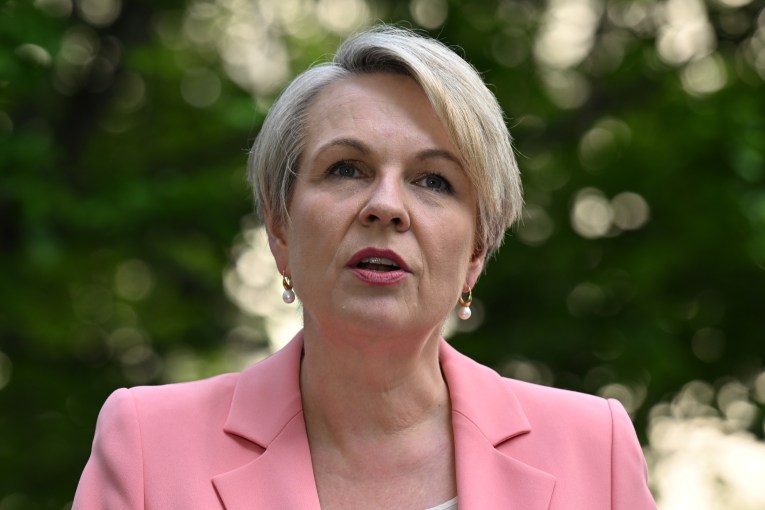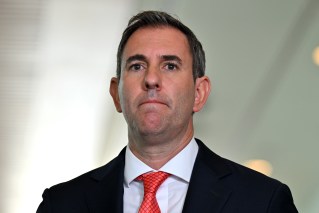How to solve a problem like the gender pay gap: Experts speak up


Labor's jobs policy defines closing the gender pay gap as one of its most urgent priorities. Image: AAP
A national child care overhaul will help mend the $242-per-week pay gap that separates men and women, three experts say.
For the past 20 years, the difference between the average earnings of Australian women and men in the workforce has been stuck between 13.4 per cent and 19 per cent.
According to the latest Workplace Gender Equality Agency data, men take home $242 a week more than women on average.
Over the course of a year, it equates to an annual income difference (including superannuation, bonuses and other earnings) of $25,000-plus.
The reasons why women typically end up with less money in their pockets are complex and there is no simple solution.
But there are some steps we can take immediately to help level the playing field.
Here, three experts share their ideas with The New Daily about ways to narrow the gender pay gap now.
Universal child care, and having men take more responsibility for raising children would give women’s participation in the workforce a “massive” boost.
That’s according to Lisa Annese, who has led seminal research on the economics of the gender pay gap.
For women, taking time out of the workforce to care for dependants is a major driver of the gender pay gap, she said.
“Child care is a ‘women’s issue’ because women bear the brunt of it,” Ms Annese told TND.
“If a straight, heterosexual couple have a child, the cost of child care is only ever discussed in terms of a woman’s salary and never as a family expense.
“But this should be no different to paying a mortgage or electricity. The cost of child care is a family expense.”
Ms Annese said not only will affordable child care help women pursue their careers, it will only give more men quality time with their children.
“It’s a win-win thing,” she said.
“It’s good for men’s engagement with their families and their children, and their sense of wellbeing outside of the workplace.”
In addition to “fixing the childcare system” by offering families more options, Professor Richard Holden said we need to reassess the value we place on jobs considered women’s work.
“We know women are more highly represented relative to men in certain occupations that aren’t as well paid, like nursing and teaching,” he told TND.
“When it comes to that, we need to have a bit of a reckoning as a society about what we value.
“Part of the issue is, those jobs are typically paid for by government, so that’s really a social choice we’re making about how much we value primary school teachers.”
During the coronavirus pandemic, women in poorly paid industries like aged care have made enormous personal sacrifices to keep the wheels of society turning.
- Click here to read how everyday Australian women have been helping us fight COVID-19
“Time out of the workforce is an important driver of receiving lower pay because people get off a certain kind of ladder and don’t get the same skills as they would working longer hours,” Professor Holden said.
“We need to give more women choices about what they want to do.”
 We need to set targets aimed at getting more women into higher-paying managerial roles, said Bianca Hartge-Hazelman.
We need to set targets aimed at getting more women into higher-paying managerial roles, said Bianca Hartge-Hazelman.
“If you look at the gender gap in the number of women in ASX top 200 boards, in the gender diversity component, the targets set in 2016 are proving really effective,” she told TND.
“If we apply that same rationale for all companies promoting like-for-like pay gaps, then that could have an influence.”
Ms Hartge-Hazelman is a former journalist who founded Financy Women’s Index, which measures the financial progress of Australian women and economic equality.
According to the index’s 2020 December quarter report, the pace of improvement in ASX 200 female board appointments doubled in 2020, from a year earlier.
“We need to see a greater level of engagement among women in the full-time workforce in managerial positions overall,” Ms Hartge-Hazelman said.
“Another thing is, male-dominated industries tend to be higher paying.”
But that doesn’t mean women can’t get a slice of the pie.
“There are opportunities for women to be in sectors in types of work where they’re earning better if they want, or more equalised pay to men on average,” she said.
“But because we have so many women in sectors like health and education where we don’t pay as much, and less women in sectors that are quite high paying like technology and mining, it does have an impact on averages.
“We need to talk more about higher-paying career paths that help younger generations.”










